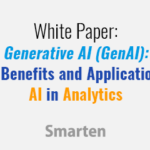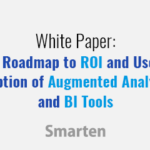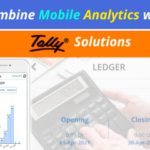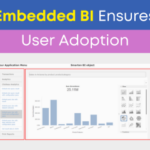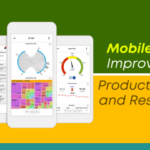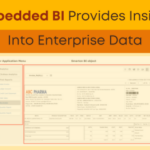
If you are a business owner, technology user or a fan of the news media, it would be difficult to avoid the topic of GPT and artificial intelligence (AI) in today’s news cycle. Whether you are looking at ChatGPT or Open AI and wondering how it might be applied to your business environment, it is important to understand the current state of this technology, the inherent risks and the possible opportunities.
In relation to the ChatGPT trend, a recent Gartner report states that business should, “Recognize that this is a very early stage and a hyped technology” with potentially significant uses. “So, proceed, but don’t over pivot.”
If you are like most businesses, you want to get ahead of the competition but, you don’t want to make a misstep or exposure the enterprise to unnecessary risk.
Here are some things you should consider, to ensure that your foray into the artificial intelligence and GPT environment is successful and that you don’t move too quickly.
Create a Sandbox Environment
If you are in the business of technology, you probably have a robust sandbox environment in which you can use new tools and leverage opportunities with test data to understand the value of tools like Azure OpenAI, GPT 3.x and 4.x, ChatGPT, Google’s Bard chatbot technology, and the AI service, Language Model for Dialogue Applications (LaMDA), among others. Because these offerings are evolving quickly, and many of the gaps and risks are not yet well understood, it is important to test and try these tools in an experimental environment so your business can explore the potential without opening itself to risk, liability and issues with user and customer satisfaction issues.
Open AI, Gartner, Microsoft, Google and other technology firms have issued statements to warn of the risks associated with depending on these technologies too quickly and of using these tools with crucial data, confidential data, or data that is private or proprietary etc.
Leverage the Current State of Technology
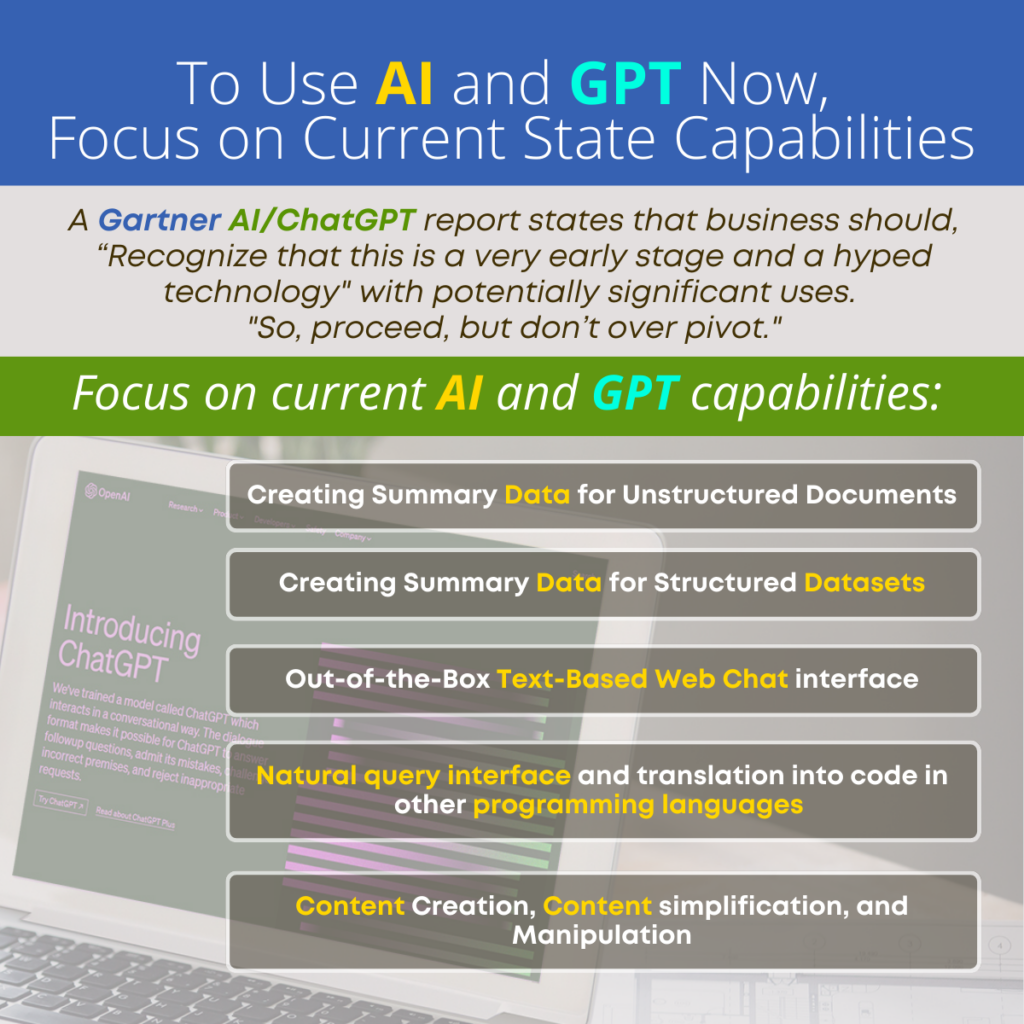
Although this technology arena is far from stable, there are some appropriate uses for these tools and technologies. To leverage the current state of Open AI and GPT, you can look at simple, out-of-the-box potential.
- Creating Summary Data for Unstructured Documents (PDFs, HTML, Websites, etc.)
- Creating Summary Data for Structured Datasets, e.g., ad-hoc query answers and structured data repositories
- Out-of-the-Box Text-Based Web Chat interface
- Natural query interface and its translation into code in other programming languages
- Content Creation, Content simplification, and Manipulation for email, ad messages, and other content types
Implement Best Practices
Task Force
Establishing an enterprise task force provides a foundation for a) understanding the current state of the technology, b) the risks of experimentation, c) the policies and procedures to control the use of these technologies as they evolve and d) the reporting and communication chain to track and analyze results and make recommendations for changes and integration. It is important to consider business processes and workflow, business usage and governance and establish a reporting and communication conduit to ensure that the CIO and CEO are aware of any and all uses of artificial intelligence (AI) and system generated content and responses to data inquiries, so that everyone understands the provenance of data and can put results into context.
Continuous Research and Evolution
The organization should put in a place a system to stay abreast of changes and improvements to Open AI and other related technologies, and to incorporate those into the Sandbox environment and into its long-term Digital Transformation (Dx) and Artificial Intelligence (AI) evolution.
If and when your enterprise begins to use these new technologies, it is imperative that all business users understand the change in policies and procedures and how to use these tools to get the best results, where and when to refine data and analysis to ensure that results are accurate and how to present data to accurately display its provenance and its credibility.
If you have questions about artificial intelligence (AI), or if your organization is considering the implementation of a Digital Transformation (Dx) Strategy, Contact Us to find out more.
Original Post : To Use AI and GPT Now, Focus on Current State Capabilities!



